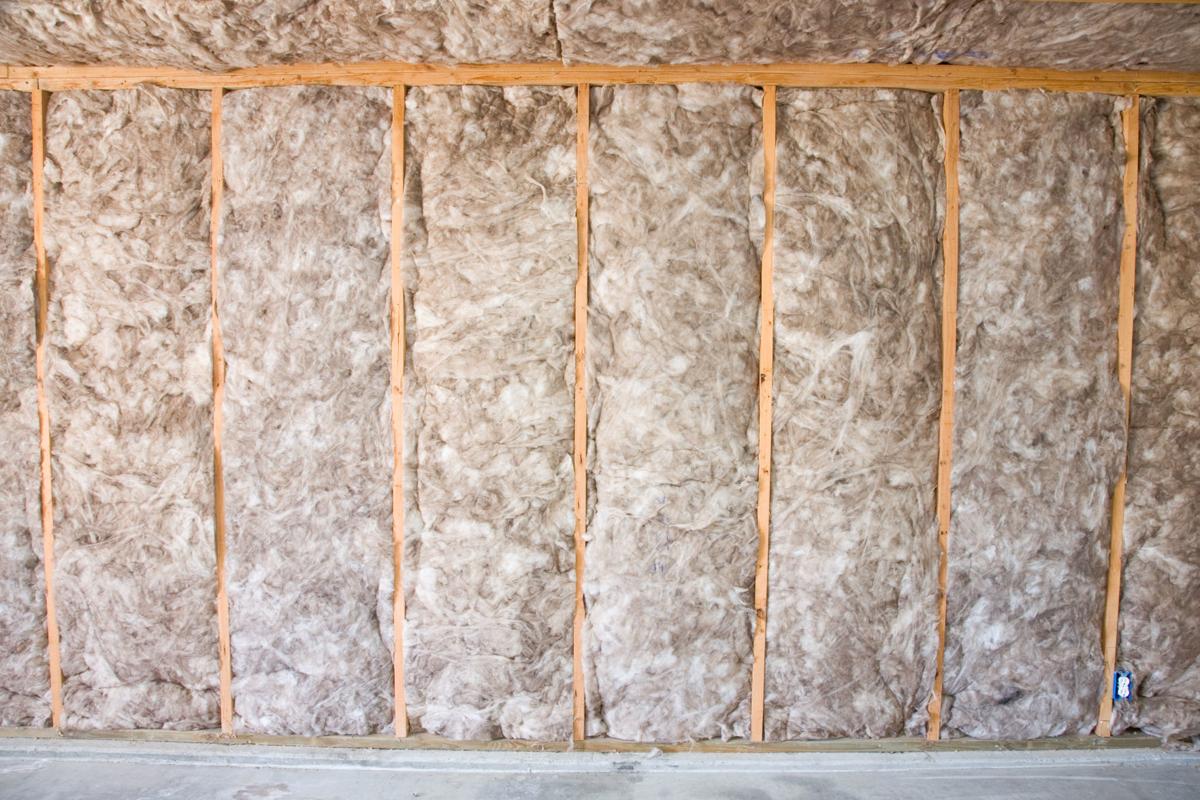QUESTION: I have a 1975 home with a garage that’s not insulated on at least three of the walls. As a result, the garage gets really hot in July and cannot be used very much. But the garage does have wallboard on top of the walls. Can I put insulation on top of that wallboard? Would that help to cool off the garage?
ANSWER: The insulation can’t go on top of the wallboard. You need to open up the walls and fill the individual cells between the studs with cellulose or foam. It’s pretty affordable to do and will probably cost about $2,000 to $3,000. It can be a first step in making your garage more usable in summertime.
Q: I have a 30-year-old, very large and very healthy mesquite tree. The problem is that its roots are lifting up part of my flagstone patio which is just a few feet away; its leaves and heavy branches are also causing cracks in the stucco fence wall that is three feet away from the tree. Should I cut the tree down, grind down the stump, and remove the roots, or can I try to cut off the roots that are lifting up the flagstones?
A: Sometimes you can do some root pruning when trees start lifting up the hardscape in your yard. However, you can’t prune roots very close to the tree. For example with a large tree — one that’s 20 inches in diameter —you can only prune roots in an area 20 feet away from the trunk. That might not work in your case. If you prune too close, you can destabilize the tree and put it at risk of dying.
In some cases, however, you might dig down and put in a plastic barrier on one side of the tree some distance away that can stop roots from growing further. It’s also unlikely that you can put in a barrier to protect the fence wall because the tree is too close to that wall. It could be easier to arrange to move the wall away from the tree, but your neighbor has to agree to doing that.
Q: I have a 20-year-old custom built house with a tile roof. But I had a recent minor leak, and now I’m getting bids on replacing it. But contractors are recommending different ways to go with the underlayment — one bid was for two layers of 40-pound underlayment and another uses a peel-and-stick product. What would you recommend?
A: Both are good possibilities. Underlayment, of course, is the waterproof barrier installed on your roof deck under the tiles. Two layers of 40 pounds is a popular way to go, and the peel-and-stick product has come on strong in recent years. Peel and stick is stuck to the plywood with strong adhesive. Just be sure to hire a competent roofer that is licensed, bonded and insured.
Q: I want to build a lightweight concrete countertop to use as a bar top outside my house. It’s for an area that will be shaded, and I want it to be about 30 inches by 8 feet long. Do I build the frame myself?
A: You can find kits for making concrete countertops at a building specialties store. But before you do the real thing, try building a little tabletop to practice on. You’ll learn a few things about how to do it right that way. You also want to seal the concrete once it’s finished.





